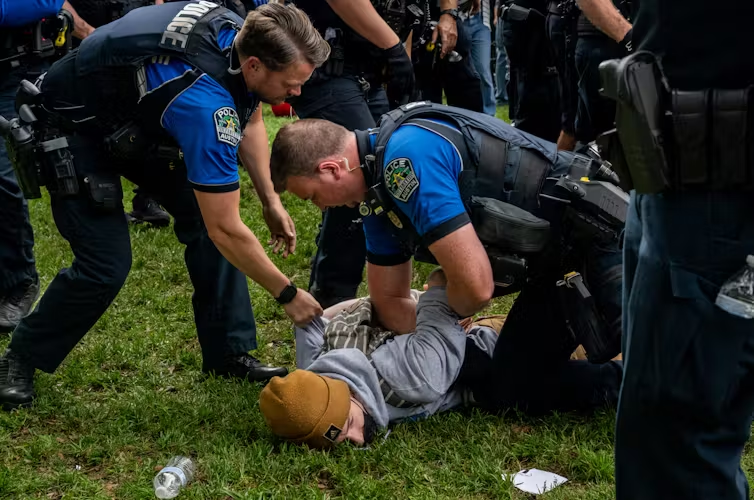 There’s ICYMI (in case you missed it), but this is a WKYMI (we know you missed it).
There’s ICYMI (in case you missed it), but this is a WKYMI (we know you missed it).
The delegates at the 2016 NCAA annual convention held last month in San Antonio, Texas passed several key pieces of legislation, including the “unchallengeable autonomous authority” now given to team doctors and trainers to decide when a player can return to action after concussions and other injuries.

Also approved was the NCAA Board of Governors’ resolution “to further commit” to diversity and inclusion. This includes encouraging member schools to provide “real-time” information on job opportunities, develop a pipeline “with an emphasis on people of color,” and develop a “diversity and inclusion metric” to better measure progress and need for improvement in this area.
Frankly, this seems again to be just more talk from college sport’s governing body, which can enforce everything but getting its schools, whether Division I, II or III, to move the diversity and inclusion meter forward.
The NCAA in 1990 began collecting data on race and gender from member schools, but in 1995 it ruled that submitting such numbers is voluntary. Sadly, over the years the numbers show modest increases for Blacks in coaching and administrative positions while still, depending on the position, remaining at three times fewer than Whites.
Any diversity efforts must be seriously spearheaded by school presidents, insists Augsburg Assistant Athletic Director Jennifer Jacobs, who attended last month’s convention. “Athletic directors and assistant athletic directors can’t feel empowered unless it comes from the presidents.”

Augsburg senior Rob Harper also attended the NCAA convention, thanks to a grant that paid for him and around 40 other students of color from around the country. It was his first time, says Harper, a sociology major and political science minor who also played football at the Minneapolis Division III school.
“I think the biggest thing was watching how they vote for particular legislation,” recalls Harper. “I am on the SAAC (Student Athlete Advisory Council) team here at Augsburg. I told [convention attendees] some of the things we are talking about.”
Harper tells us that after attending the convention he might look into athletic administration as a possible career. He plans to graduate this spring and is currently an intern at the State Capitol studying policymaking.
Diversity and inclusion are her passion, admits Jacobs. Division III already has a work group looking at this, but apparently the entire membership at all three levels is now going to look more closely at this problem, she says.
“The problem, and we know this, is that people in general will hire people that look like them. The only way to counteract that is [that] you have to be intentional in your hiring practice,” she notes. “You have to find the pocket of people that don’t look like you and are willing to have a discussion and value different life experiences.
“I gather that the next step of this working group is now starting to look at best practices in hiring [and] training,” surmises Jacobs. Assembling “a better database…that extra pool of coaches and administrators of color…and be able to push forth names” is the goal, she concludes. “I am so excited about that.”
Go here to read more about Augsburg senior Rob Harper.
Charles Hallman welcomes reader responses to challman@spokesman-recorder.com.
Support Black local news
Help amplify Black voices by donating to the MSR. Your contribution enables critical coverage of issues affecting the community and empowers authentic storytelling.










